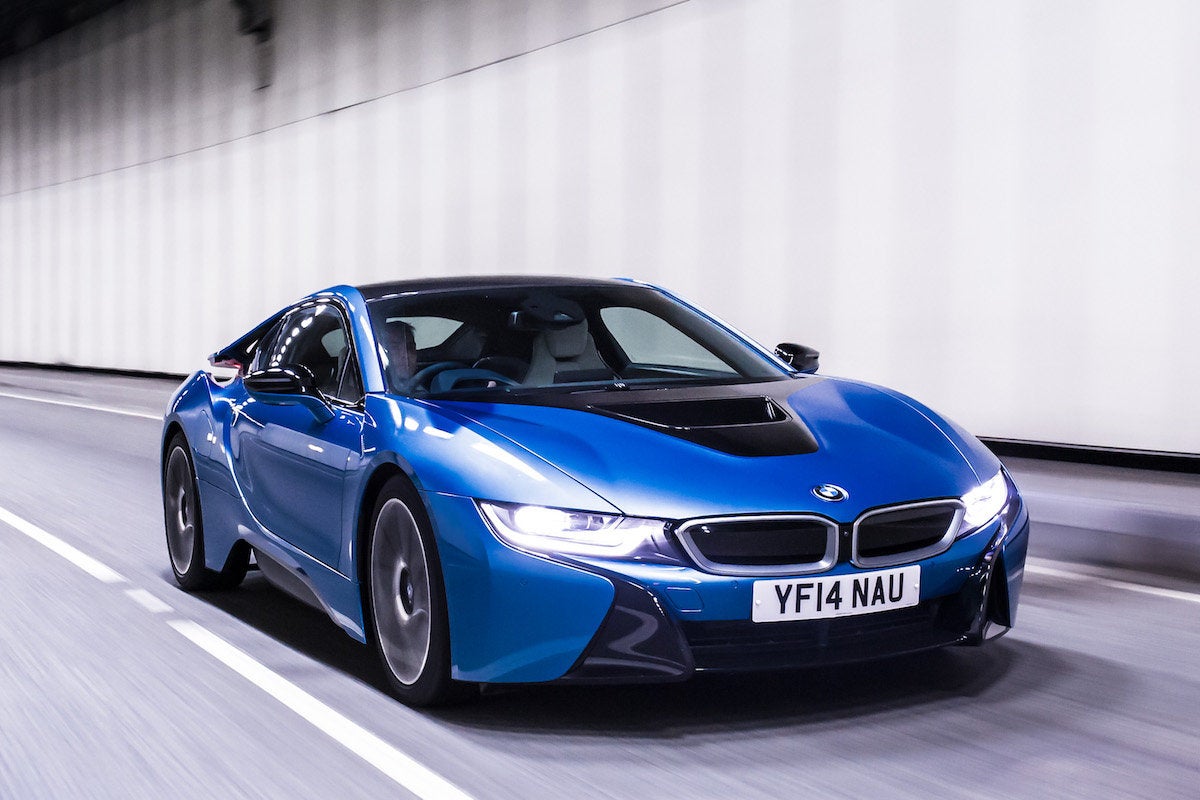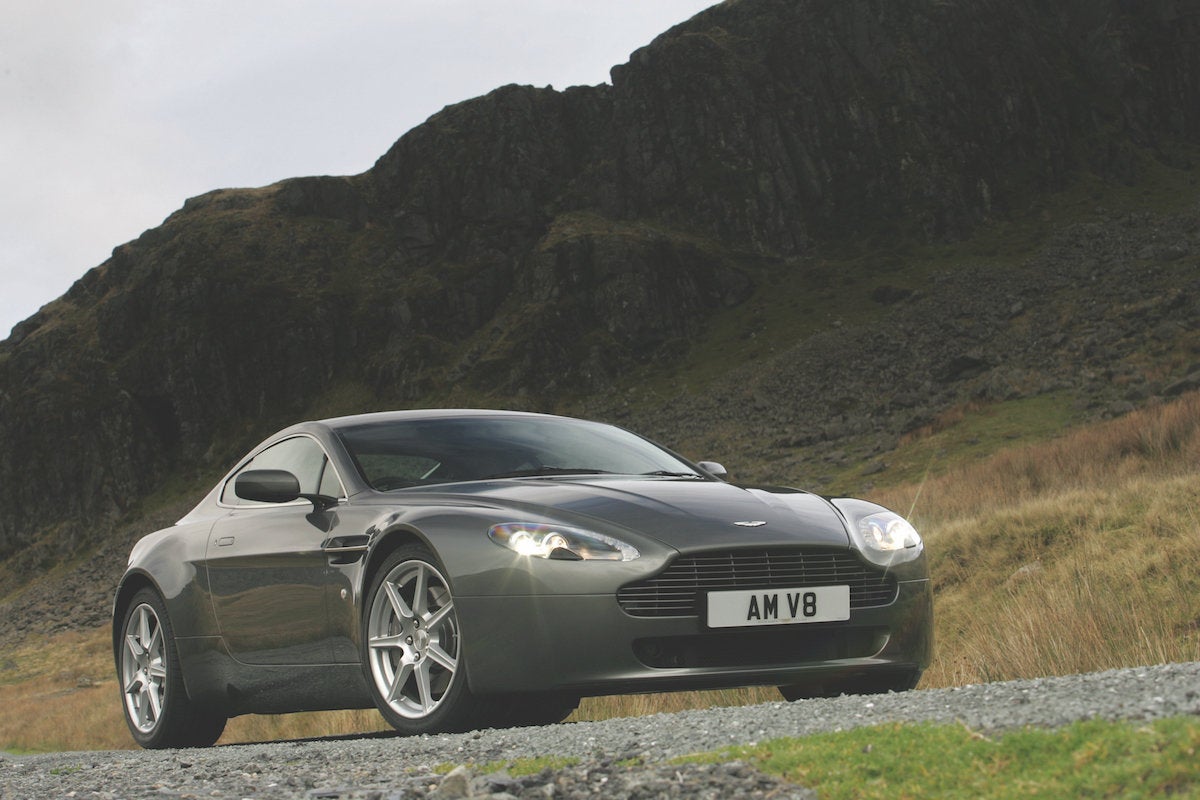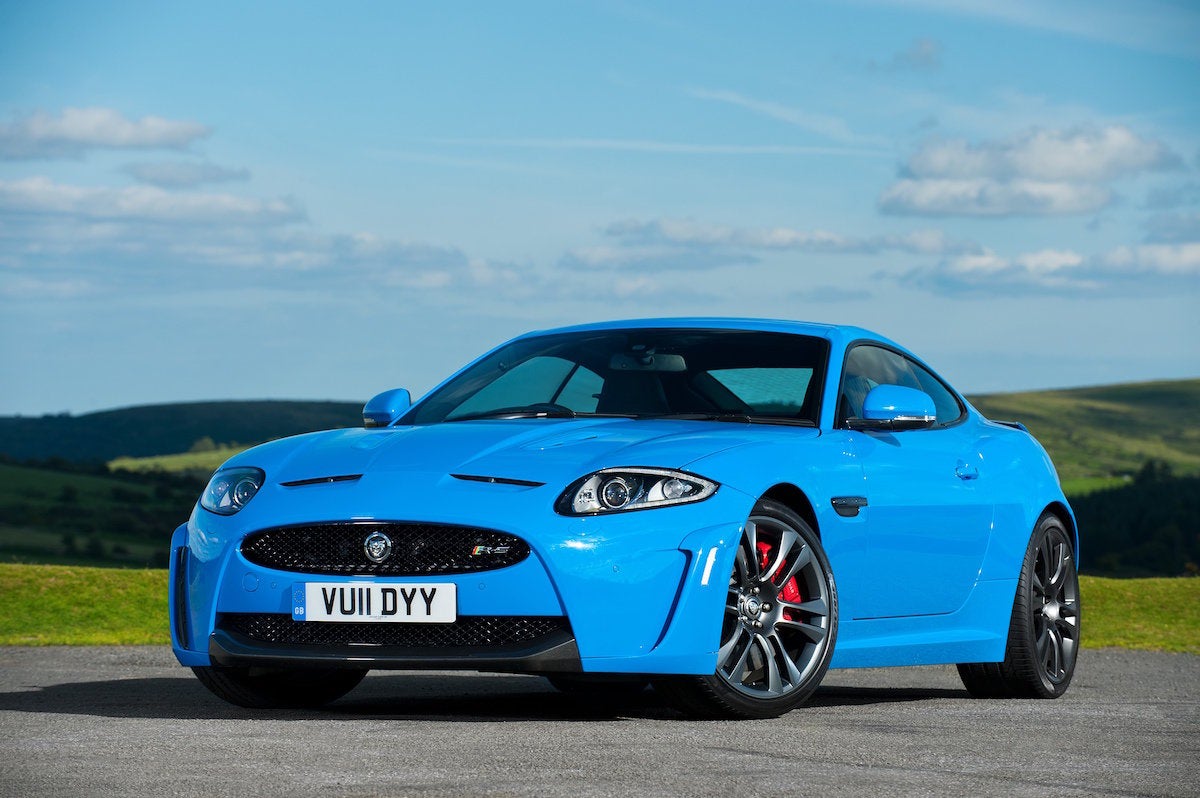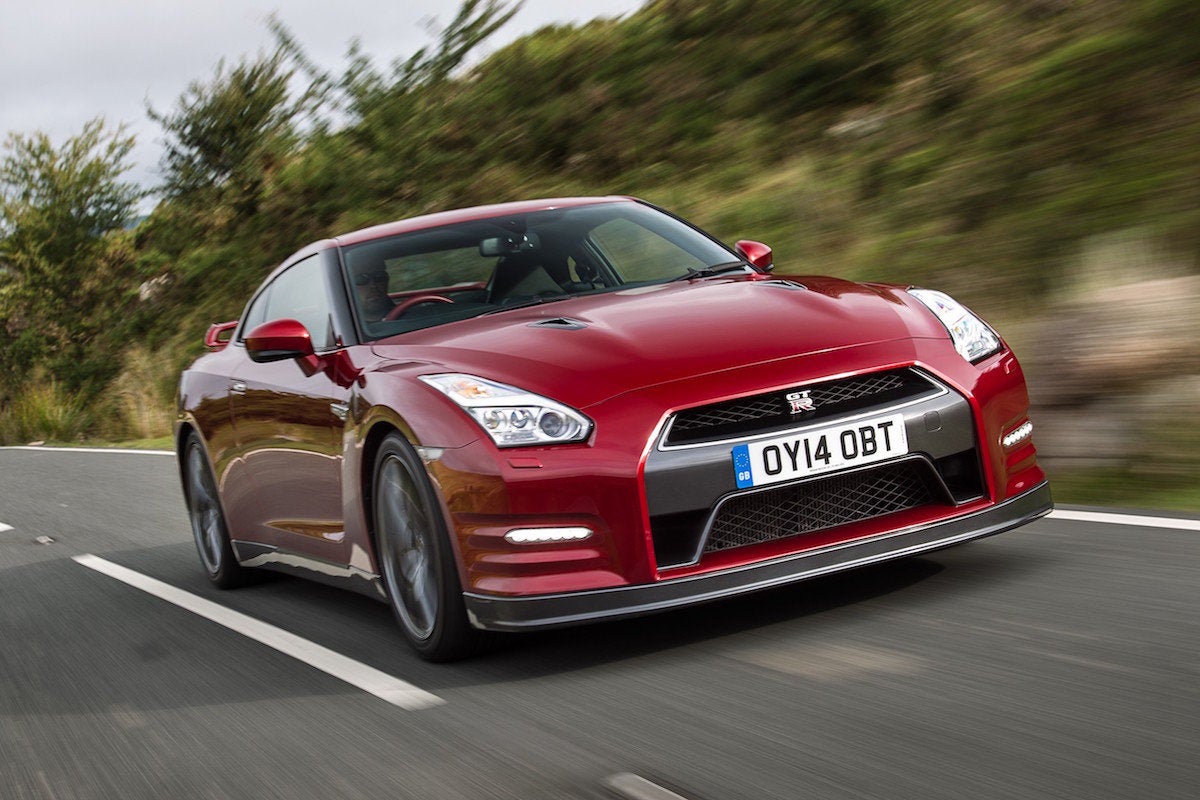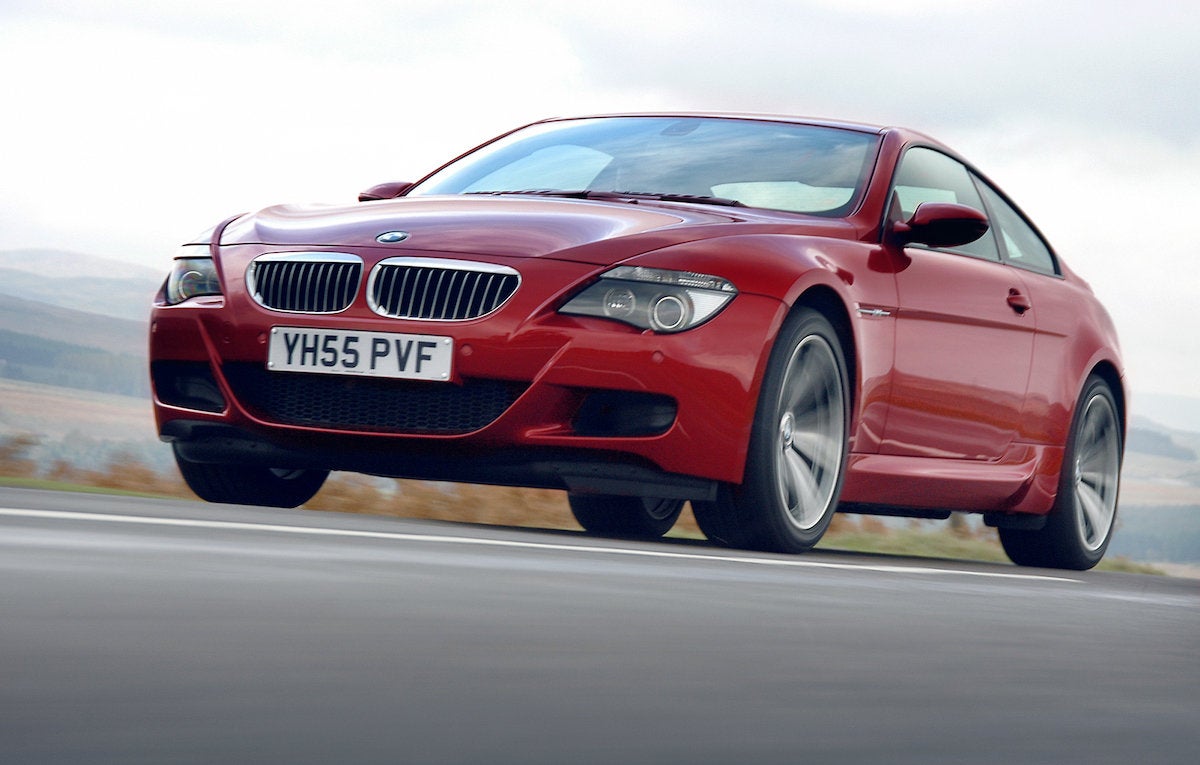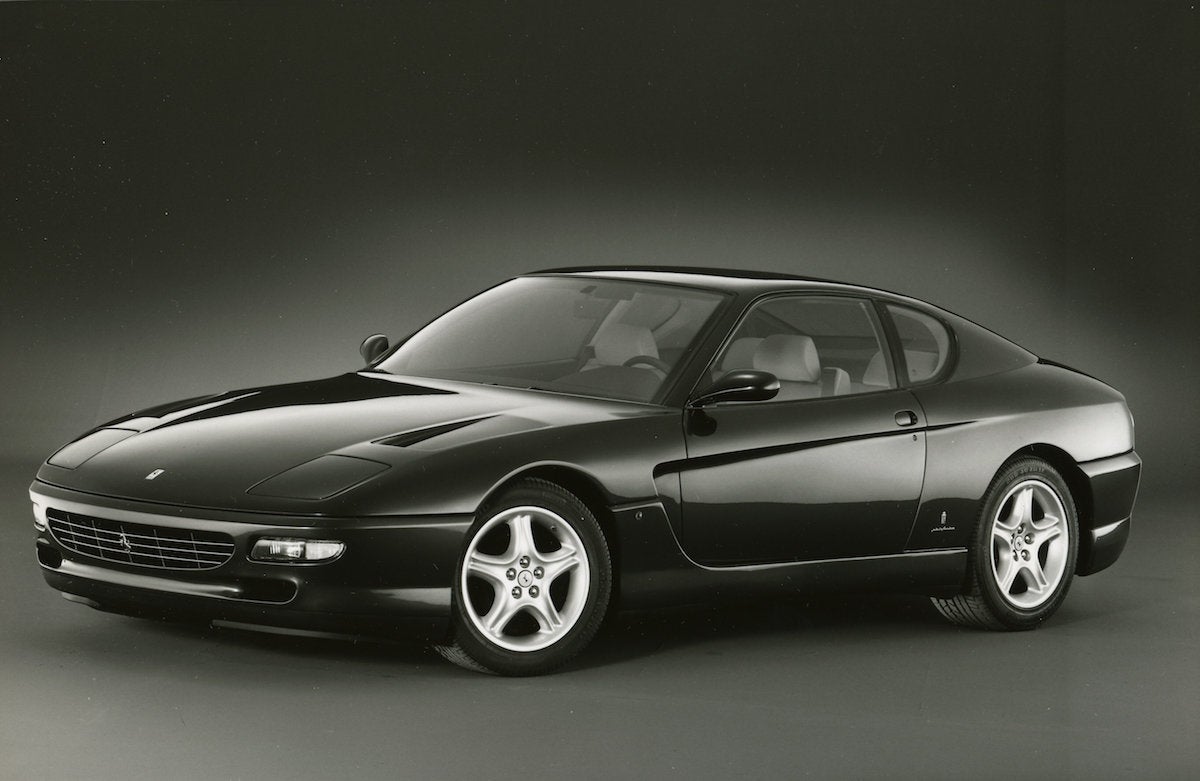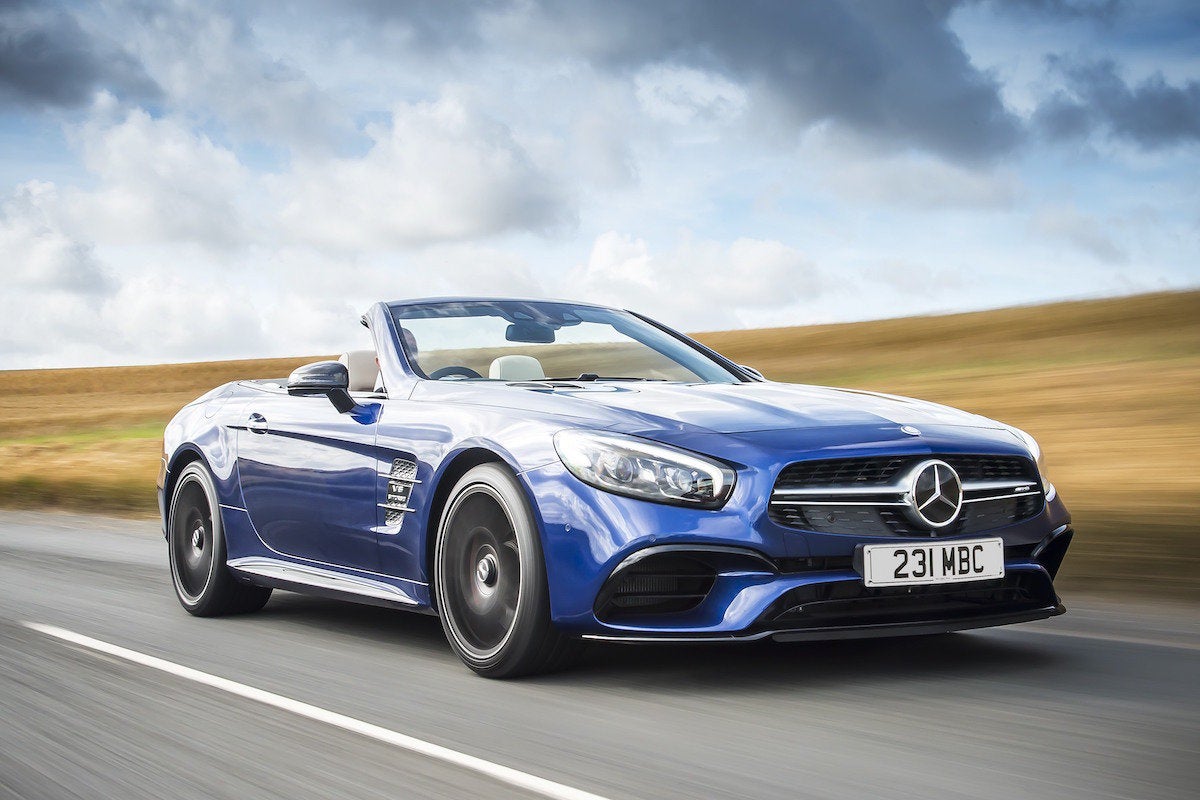Supercars promise scintillating performance and a thrill-a-minute driving experience, all wrapped up in jaw-droppingly attractive styling. Unfortunately, they also have sky-high price tags, meaning that buying new is usually reserved for CEOs or lottery winners who can afford not only the purchase price, but also the potential depreciation. However, if you choose wisely, there are a plethora of much more affordable supercars to choose from on the used market.
Yes, running costs will still be high, so don’t blow your entire budget on buying the priciest supercar you can afford, as you’ll need some cash left in reserve for tyres, servicing and any potential problems that might crop up. But for less than the cost of a new BMW 4 Series Coupe, you could be slipping behind the wheel and revelling in the driving experience of one of our top ten exotic cars. You can browse them individually below, or you can search for great deals on all our chosen cars, all at once, right here.
Best Cheap Supercars 2025
- BMW i8 (2014-2020)
- Aston Martin V8 Vantage (2005-2017)
- Audi R8 V8 Mk1 (2007-2015)
- Jaguar XKR-S (2011-2014)
- Bentley Continental GT (2003-2011)
- Porsche 911 Turbo 996 (2001-2005)
- Nissan GT-R R35 (2008-)
- BMW M6 E63 (2005-2011)
- Ferrari 456 GT (1992-2003)
- Mercedes-Benz SL63 AMG R231 (2012-2020)
BMW i8 (2014-2020)
Price from: £35,000
If a supercar really needs to look the part then it’s hard to see past BMW’s i8, a hybrid supercar that looks like it’s just escaped from the film set of Tron. Swooping curves and flying buttresses paired with scissor-style doors ensure you’ll stand out from the crowd (you could argue it still looks like a new car today), but beyond the wild styling the i8 is a technological tour de force that’s also very rewarding to drive.
To keep weight down it featured a carbon-fibre reinforced tub, and while it might have only had a 1.5-litre three-cylinder engine, this was paired with an electric motor and battery pack for a very healthy combined output of 357bhp. If its engine doesn’t sound very supercar in size, its 4.4-second 0-62mph sprint time certainly delivers.
The best news is that an i8 shouldn’t cost the earth to run. Pre-April 2017 examples are VED (road tax) free and its official economy figure was over 130mpg. Yes, that latter figure is unrealistic but you should see over 35mpg in normal driving, which is impressive for a supercar. The i8 seems reliable, too, but we’d advise buying an example with a warranty for extra peace of mind. Do so, and you can revel in a mid-engined supercar that’s involving to drive and relatively gentle on your wallet.
BMW i8 Review
Aston Martin V8 Vantage (2005-2017)
Price from: £30,000
If it’s good enough for 007 then it’s good enough for our affordable supercar top 10. Although, truth be told, the Aston Martin V8 Vantage never actually appeared in a Bond film. It has all the typical Aston trademarks, though, and it’s still an achingly beautiful car that offers an interesting alternative to the ubiquitous Porsche 911, as well as being considerably more affordable than the 'other' British supercar, a McLaren.
Underneath its svelte aluminium, steel and composite exterior, it features a glorious 4.3-litre (later models had a more powerful 4.7-litre) V8 engine that will take it from 0-62mph in a scant 5.0 seconds on its way to a top speed of 175mph. A six-speed manual gearbox was standard (an automated manual joined the line-up in 2006) and the Vantage was a delight for the keen driver, proving to have an involving rear-wheel drive chassis and an orchestral V8 soundtrack.
It does, however, have quite a thirst for super unleaded – expect 15mpg with mixed driving – and with high emissions, it’ll cost £580 a year for road tax. The engine’s proved pretty durable, as has the suspension, but check the interior for squeaks and rattles, and the old Volvo-derived satnav feels like something from the last century. Failed clutches are common and could cost £2,500 to repair, and make sure blocked drain holes around the tailgate haven’t allowed the boot to fill with water.
Audi R8 V8 Mk1 (2007-2015)
Price from: £40,000
Before 2007 Audi simply couldn’t have appeared in a list of supercars – its performance car line up consisted only of fast sedans (or saloons) and estates – but all that changed with the launch of the R8. It might have been the German firm's first attempt at a supercar, but it was a fantastic effort. It looks the part, sounds the part and delivers driver thrills and engagement just like a good mid-engine supercar should.
Available with either a 4.2-litre V8 or the same bonkers 5.2-litre V10 found in the Lamborghini Gallardo, it’s the former that we’d advise looking at. With a minimum of 414bhp it has the performance to back up its arresting looks and it can transmit it all to the road thanks to its quattro all-wheel-drive system. It’s also remarkably easy to drive – it’s an Audi after all – so its controls are light by some supercar standards while retaining enough feel for it to be involving when on a charge.
Running costs could be palatable providing you buy a good example to start with. Most R8s were fitted with Magnetic Dampers, and while they enhance the drive, they cost £1,000 a corner to replace so we’d advise trying to buy an R8 without this option. Watch for noisy bottom end bearings, and a misfire could point to faulty coils, while clutch replacements are expensive (£3,500) as it's an engine-out job. Coupes, as you’d expect, are the more affordable, but if nothing but wind-in-the-hair motoring will do, the drop-top Spyder model isn’t vastly pricier.
Audi R8 Mk1 Review
Jaguar XKR-S (2011-2014)
Price from: £40,000
If you’re looking for a combination of svelte styling and thunderous American muscle car performance without breaking the bank, then it’s hard to look past Jaguar’s XKR-S. You could save yourself a fair bit of cash and opt for the standard XKR, but would you always kick yourself for not going for the ultimate Jag?
With 503bhp the regular XKR was already a very fast car, but the S upped the ante with 542bhp of supercharged V8 goodness from its 5.0-litre engine, good enough for supercar performance. The 0-62mph dash takes just 4.6 seconds, on the way to a top whack of 186mph. There were aerodynamic enhancements along with revised suspension settings, too. Perhaps best of all, an active exhaust liberated an even better soundtrack from the V8.
The XKR-S was sharper with more feelsome steering and a little more poise to its manners. It’s still a fairly big, heavy GT, so it won’t feel like a hot hatch or a featherweight Lotus on the backroads, but it has a breadth and depth of ability you might not have expected. The engine is strong, but watch for cracked coolant pipes under the supercharger and make sure the supercharger isn’t excessively noisy, too. Examine the body for paint bubbles, which are a sign of aluminium oxidisation under the paint.
Bentley Continental GT (2003-2011)
Price from: £16,000
When conjuring up the image of a supercar in one’s mind’s eye, the Bentley Continental GT might not be the first shape that comes to mind, but make no mistake it has supercar performance and it’s now a serious bargain. Bentley made an awful lot of Conti GTs and that’s why you can buy one with as little as £16,000 these days. Spend a little more and you’ll bag one with plenty of life left in it, too.
It’s an easy car to drive: no shimmying down into low slung seats or fiddling about with a recalcitrant manual gearbox. Simply step into its luxury car-like four-seater interior, stick the auto ‘box in Drive, plant the accelerator into the Wilton carpet, and head for the horizon. And it’ll do that very quickly indeed thanks to a 552bhp 6.0-litre W12 engine to which Bentley strapped a pair of turbochargers to ensure adequate thrust.
The good news is that, providing a Continental has been looked after, it should prove reliable as a used car. The W12 engine is durable, as is the ZF six-speed auto 'box, and you should be able to have a minor service for around £500. Mind you, the big service with a spark plug change will cost three times that. With the Conti GT being a big, heavy car, its suspension and brakes can take a bit of a hammering, so look for expenditure from previous owners when looking at any prospective purchase.
Bentley Continental GT Review
Porsche 911 Turbo 996 (2001-2005)
Price from: £35,000
Ever since the first Porsche 911 Turbo hit the streets in 1975, it’s been an automotive icon; a car that’s adorned more bedroom walls than any other supercar (with the possible exception of the Lamborghini Countach) and its enduring appeal continues today. For our nominal BMW 4 Series budget you could bag either a 996 or 997 generation 911 Turbo, and while it’s a tough choice, we think the earlier 996 Turbo just shades the later model, but we won’t hold it against you if you decide to opt for a 997. You could, of course, save some cash and buy a Carrera, but for genuine supercar performance, it simply has to be a Turbo.
So why a 996 Turbo? Massive performance for one. With 414bhp from its 3.6-litre flat-six, it’ll sear past 62mph from a standstill in just 4.1 seconds on its way to a top speed of 189mph. Then there’s the security and surefootedness endowed by its all-wheel drive set up. There are huge reserves of grip, but its chassis remains involving for the keen driver and it’s slightly more communicative that the 997, which is why the 996 Turbo gets our vote.
Both manual and Tiptronic gearboxes were offered – we’d opt for the former for maximum involvement – and, like the engine, both transmissions are pretty durable. Watch for leaking front radiators, and smoke from the exhaust when accelerating could indicate an engine that’s not been looked after. Ensure any car you’re looking at has a cast iron Porsche and Porsche specialist service history, with evidence of regular routine and preventative maintenance.
Porsche 911 (996) Review
Nissan GT-R R35 (2008-)
Price from: £50,000
Think supercar and one of the last names that comes to mind is Nissan, purveyor of Micras, Notes and the all-electric Leaf. But there’s one model in the Japanese firm's range that those in the know will go all dewy-eyed over, the thundering high-performance GT-R. Up until 2009, those three letters were preceded by the word Skyline, but that moniker was dropped for what is known as the R35 GT-R.
It’s not a pretty car, but those scoops and spoilers are all functional, and while the GT-R might not have the sharp styling of an Italian thoroughbred, it certainly has the specs to put it firmly in the supercar category. With a hand-built twin-turbo V6 engine that delivers between 479 and 592 horsepower, permanent four-wheel drive and a 0-62mph time under 3.5 seconds, it’s a monstrously fast machine. It’s no one-trick pony, though, with astonishing levels of grip, yet a chassis that’s playful, too. As a practical all-rounder, it really does have few - if any - peers.
Like any supercar, the GT-R will be costly to maintain – early cars need a service every six months or 6,000 miles – and tyres and brakes will cost significantly more than for the rest of the Nissan range. And while it won’t return Toyota-like levels of reliability, it has proved impressively dependable by supercar standards over the years, with the main thing to look for being a stretched timing chain: budget for at least £2,500 to replace it.
Nissan GT-R Review
BMW M6 E63 (2005-2011)
Price from: £15,000
If you want your used performance powerhouse to be as affordable as possible, then may we suggest you have a look at the BMW M6, because it’s the cheapest supercar on our list. Yes, it might look a little gawky from some angles, but its styling has aged pretty well and under that long bonnet is one of the best reasons for buying a BMW M6: its glorious 5.0-litre V10. It could also be its Achilles’ heel, but we’ll come onto that.
It dates from an age when BMW produced the most powerful V10 in Formula 1, and to give its road cars some of the same kudos as its race car, the firm fitted a V10 to its M5 and M6 models. With 500bhp driving the rear wheels, it was very rapid indeed. The 0-62mph sprint took just 4.6 seconds, and the engine revved to a stratospheric 8,250rpm, sounding absolutely divine while doing so. With 2+2 seating and a large boot it was practical, too.
Today you’ll need £15,000 to join the V10 M6 club, but with an engine that has a reputation for being somewhat fragile, we’d recommend spending a little more to buy one that’s been well looked after. Rod bearing failures are fairly common, and throttle motors can fail. Its SMG transmission can be clonky at lower speeds and tends to eat clutches, too. When an M6 is on song it’s a glorious machine, but a poorly one could drain your wallet in no time at all.
Ferrari 456 GT (1992-2003)
Price from: £40,000
No list of the best supercars would be complete with at least one prancing horse, but when it comes to affordable supercars, you’ll struggle to find a Ferrari that won’t send you bankrupt every time you open the garage door. Perhaps the more sensible choice would be a mid-engined 360, but if you’re going to be a bear, be a grizzly, and enter the world of 456 GT ownership.
It’s an achingly beautiful shape and is even relatively practical: you can shoehorn a couple of adults into those rear seats for short journeys and there’s plenty of luggage space, too. But what you’re really buying a 456 for is its glorious 5.5-litre V12 complete with 442bhp and a top speed nudging 190mph. With a transaxle gearbox set up for perfect weight distribution, the 456 GT was a bit of a handler, too, and with a supple ride, it’s also a hugely accomplished grand tourer.
But, and it’s a big but, the 456 GT could easily bankrupt you. It’s not intrinsically unreliable and higher-mileage cars that have been driven regularly tend to fare better than low-mileage ones that have sat unused, but just about everything will be expensive. The engine is durable but needs frequent cambelt changes, while the cheaper automatic cars tend to have fragile transmissions. Compared with supercars such as the Maserati GranTurismo, Honda NSX, Alfa Romeo 4C, or Chevrolet Corvette, a 456 GT will cost a lot to run but, with values on the rise, some of those ownership costs could be recouped when it’s time to sell on.
Search for a Ferrari 456 GT on CarGurus
Mercedes-Benz SL63 AMG R231 (2012-2020)
Price from: £30,000
There are a few options open to you if you want wind-in-the-hair motoring from your supercar, but few cars do it so well as the Mercedes-Benz SL63 AMG. With a folding hardtop instead of a fabric hood, it does a very good impression of a coupe when the roof is up, but press a button for just 20 seconds and you’ll be pen to the elements and better able to hear the AMG engine strut its stuff. And what an engine it is. Ignore the ‘63’ part of its moniker - there’s no longer a 6.3-litre V12 under the bonnet – its V8 now displacing 5.5-litres, and with a brace of turbochargers, it develops between 530bhp (2012-2017) and 577bhp (2017-2020), and will whisk you from 0-62mph in a smidgen over four seconds.
If ultimate driving thrills on the back roads are your prerogative, then the SL63 might not be for you as it’s nowhere near as sharp as a 911 Turbo Cabriolet. But with the optional limited slip differential it’ll still make a pretty decent fist of things, although ultimately it’s perhaps more boulevardier than pure sports car. However, you’ll be able to forgive it anything once you’ve experienced the noise that twin-turbo V8 makes. AMG still leads the way here.
There's not a huge amount to go wrong and it’s still new enough that you should be able to bag one with a full Mercedes service history. Replacement tyres and brakes will be expensive, though, and make sure the clever folding roof works without hitches.
Mercedes-Benz SL Review

